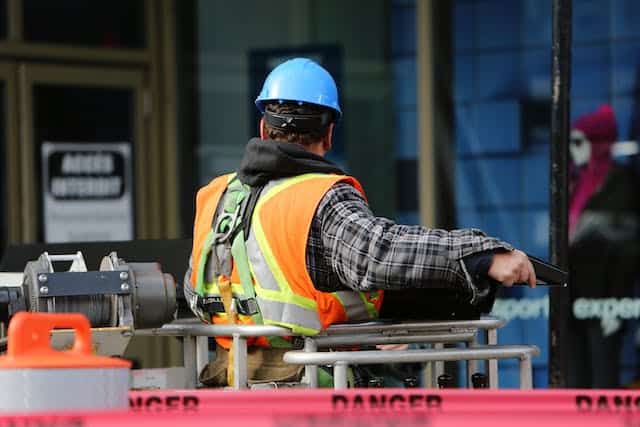Understanding Construction Safety

According to the National Safety Council, the construction industry ranks among the top four most dangerous industries in the world. The Canadian Occupational Safety Magazine agrees, stating that a large majority of the 40,000 plus workers who are injured by falls work in construction. Falls are just one of the many hazards construction workers face on a daily basis. Luckily, most potential injuries on a construction site are preventable, although it is a task that’s easier said than done. This makes ensuring the safety of workers on a construction site the top priority for any construction manager.
Apart from the human element, construction site safety incidents can be costly to bear due to worker compensation and delays as sites must be closed until hazards are addressed.
Read on to explore the various ways site safety is prioritized to prevent accidents and injuries.
Understanding Construction Site Hazards
Every construction project is unique. While there are several standard safety protocols that must be adopted on every site, site safety practices need to be tweaked according to each individual project. Knowing how and when injuries occur is the first step to building a successful site safety protocol. Common construction site hazards include:
- Falls from heights.
- Being struck by vehicles or falling objects.
- Exposure to harmful chemicals.
- Electrocution
- Equipment malfunctions.
- Noise pollution.
- Ergonomic reasons like improper lifting techniques, continuous twisting and reaching, etc.
How Do Construction Managers Build a Workplace Safety Plan?
Construction managers have a detailed safety plan in place before the ground is even broken on a construction site. They do this by pre-empting any potential incidents by conducting a thorough risk assessment of the construction site, the project, and its plan of execution. A construction safety assessment plan is also put in place to ensure that safety measures are being stringently followed. Depending on the size of the project, a construction manager may employ the use of the latest tech like data analytics software or drones to create and monitor construction site safety.
A construction safety plan also establishes a clear line of communication in case a hazard is identified, or an accident occurs along with a schedule for safety training for various tradespeople involved in the project.
It’s important to remember that no site safety plan is set in stone and must be tweaked as and when it needs to be.
Common Construction Site Safety Measures
Best practices for construction site safety include:
- Proper PPE
Wearing Personal Protective Equipment (PPE) like hard hats, protective goggles, and boots is a must on construction sites. It’s not just the gear itself but how it fits that is an important consideration too. For example, 40 percent of women construction workers in Canada report experiencing an injury or incident due to ill-fitting PPE.
Additionally, the right safety equipment must be used according to the job at hand. For example, workers at heights must use the right fall protection gear.
- Clear Signage, Instructions, and Safeguards
Appropriate signage placed around a construction site can warn workers of potential hazards and remind them to take appropriate safety measures. Health and safety instructions must be relayed to all workers new to the site and refresher training conducted as necessary.
Controls such as barriers and fences should be used to clearly demarcate hazardous areas and entryways should be monitored for authorized access.
- Check Tools and Equipment Regularly
Equipment should be checked on a regular basis and serviced according to manufacturer instructions. This can help flag potential malfunctions and can save money and time on expensive repairs. Regular checkups can also help prevent injures like electrocution due to exposed wiring.
- Keep the Site Tidy
A large proportion of trip injuries can be prevented by simply keeping the site neat and tidy. Clearing up things like construction debris, dust, and nails can keep your site accessible.
- Safety Training and Emergency Response Plans
Safety training covers topics such as hazard identification, risk assessment, emergency response, first aid, personal protective equipment, and accident reporting. Emergency Response Plans ensure a clear line of command in case of an emergency.
- Regular Inspections
Regular safety inspections are key to ensuring safety protocols are being followed and local regulations are being complied with. They also help assess if any additional measures need to be implemented to enhance site safety.
Construction Safety with PRD Construction
PRD Construction provides the construction management expertise you need to ensure your construction project prioritizes safety. We take care of the entire process from risk assessment to developing a full-fledged site safety plan. Get in touch with us today.